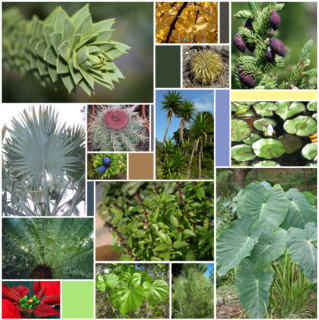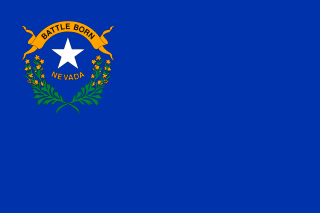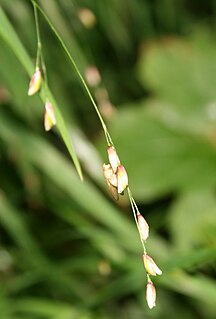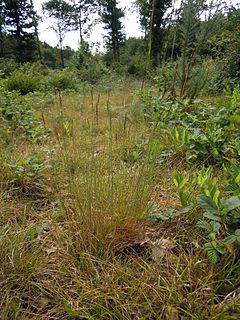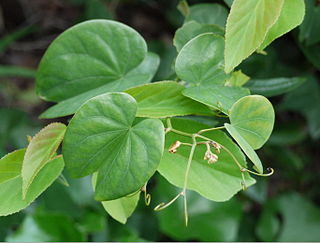| Sedum debile | |
|---|---|
 | |
| Sedum debile flowers | |
| Scientific classification | |
| Kingdom: | |
| (unranked): | |
| (unranked): | |
| (unranked): | |
| Order: | |
| Family: | |
| Genus: | |
| Species: | S. debile |
| Binomial name | |
| Sedum debile | |
Sedum debile, commonly called orpine stonecrop or weakstem stonecrop, is a low growing carpet forming flowering plant species of the genus Sedum in the family Crassulaceae.

The flowering plants, also known as angiosperms, Angiospermae or Magnoliophyta, are the most diverse group of land plants, with 64 orders, 416 families, approximately 13,164 known genera and c. 369,000 known species. Like gymnosperms, angiosperms are seed-producing plants. However, they are distinguished from gymnosperms by characteristics including flowers, endosperm within the seeds, and the production of fruits that contain the seeds. Etymologically, angiosperm means a plant that produces seeds within an enclosure; in other words, a fruiting plant. The term comes from the Greek words angeion and sperma ("seed").

Sedum is a large genus of flowering plants in the family Crassulaceae, members of which are commonly known as stonecrops. The genus has been described as containing up to 600 species updated to 470. They are leaf succulents found primarily in the Northern Hemisphere, but extending into the southern hemisphere in Africa and South America. The plants vary from annual and creeping herbs to shrubs. The plants have water-storing leaves. The flowers usually have five petals, seldom four or six. There are typically twice as many stamens as petals.
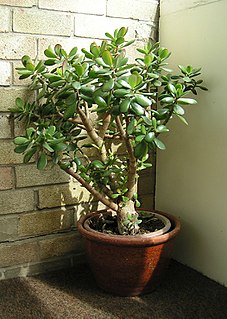
The Crassulaceae, also known as the stonecrop family or the orpine family, are a family of dicotyledons with succulent leaves. They are generally herbaceous but there are some subshrubs, and relatively few treelike or aquatic plants. They are found worldwide, but mostly occur in the Northern Hemisphere and southern Africa, typically in dry and/or cold areas where water may be scarce. The family includes approximately 1400 species and 34 or 35 genera., although the number of genera is disputed and depends strongly on the circumscription of Sedum.

